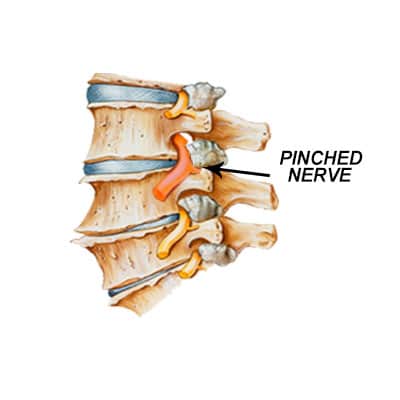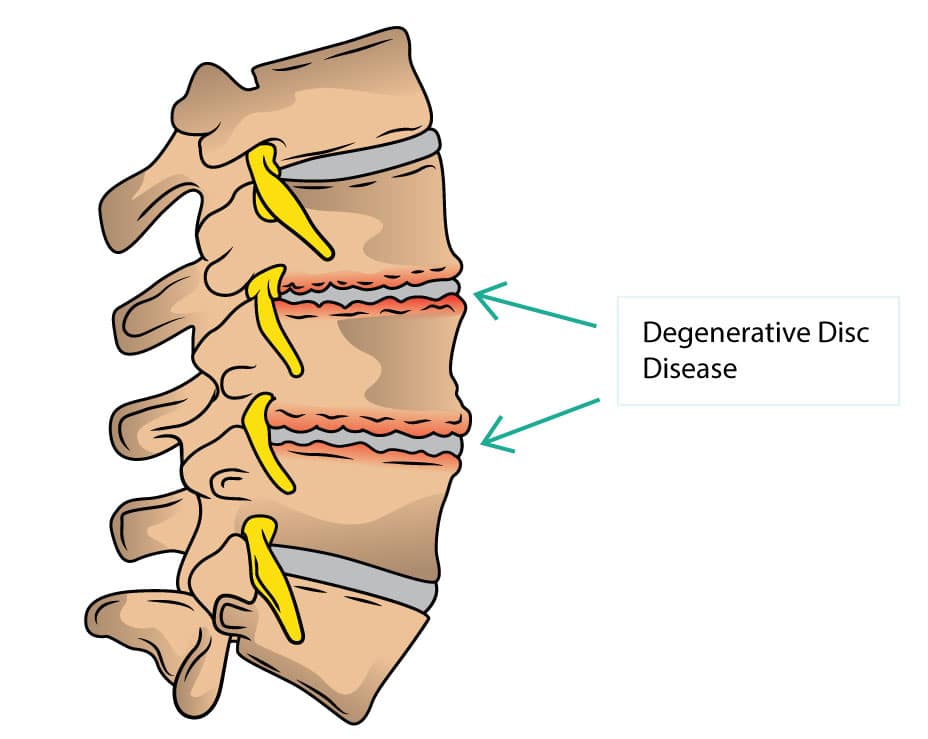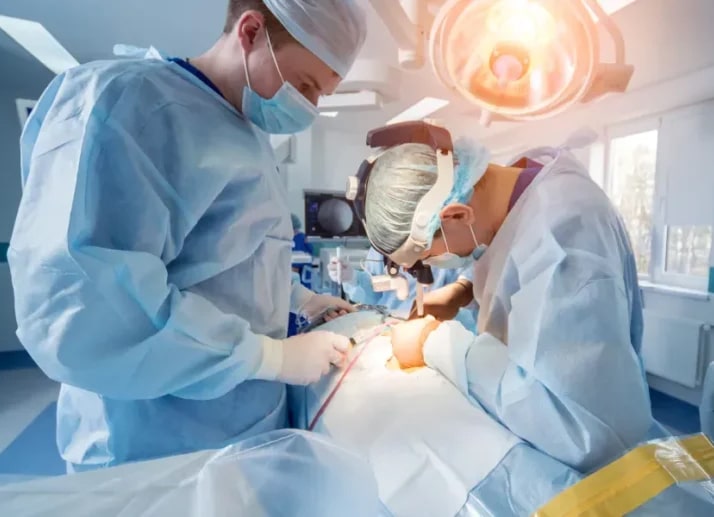The spinal or vertebral system of a human being is amazing; it is perfectly balanced classically and forms the main support system of the whole body. It is slightly curved, forming an S-shape, thus balancing your neck, lower back, pelvis, and chest to keep your head, trunk, and legs in alignment.
Spinal nerve entrapment, also called pinched nerve or compressed nerve, is a kind of medical condition where a nerve in the spinal cord is compressed, damaged or irritated. It occurs because of pressure from nearby structures, such as bones, herniated discs, ligaments or muscles. This compression can result in several symptoms and discomfort based on the location of the nerve and the cause behind it.
Causes of Spinal nerve entrapment
Herniated discs
Intervertebral discs sometimes become herniated, and the internal gelatinous material of the discs comes out. This causes pressure on the neighboring nerves.
Spinal stenosis
Spinal stenosis is when the spinal cord narrows and compresses the spinal nerves. It happens because of aging, any congenital conditions or degenerative causes.
Injuries
Some of the injuries arising from trauma, such as fractures or spinal dislocations, can lead to compression of nerves.
Bone spurs
Also called osteophytes, bone spurs can grow on the spinal vertebrae because of conditions such as osteoarthritis. These bony growths can impinge on the space where the nerves leave the spinal cord, resulting in compression.
Degenerative discs
Ageing can cause the breaking down of the spinal discs, called degenerative discs, thus leading to compression of nerves.
Symptoms
Spinal nerve entrapment symptoms depend on the location of the nerve that is affected. However, here are some of the common symptoms:
- Pain
- Numbness
- Weakness
- Muscle atrophy
- Tingling
The above symptoms might radiate in the nerve path, migrating to other body areas.
Diagnosis and treatment of spinal nerve entrapment
Spinal nerve entrapment is diagnosed by doing a proper physical examination and assessing the patient’s medical history. It also includes medical imaging studies such as X-rays and CT scans for visualization of the spine structures and for pinpointing the source of entrapment.
Treatment of spinal nerve entrapment mainly aims to alleviate its symptoms, reducing the inflammation and addressing the cause. Some of the standard treatment options are:
Resting and modification of activity
Decreasing activities that usually exacerbate the symptoms and facilitating the area that is affected to heal is a significant approach to the treatment of spinal nerve entrapment.
Medicines
Based on severity and condition, doctors often recommend non-steroidal anti-inflammatory medicines and pain relievers, along with corticosteroid injections.
Surgery
Certain severe cases of nerve compression might need surgical intervention. This involves discectomy, removing herniated disc material, laminectomy or removal of part of the vertebrae to create space for nerves.
The treatment plan mainly depends on the condition, symptoms and cause of the entrapment. Early diagnosis and correct management can result in substantial relief and enhanced life quality for individuals suffering from spinal nerve entrapment.
Conclusion
Nerves extending from the brain and spinal cord send vital messages throughout your body. When you have an entrapped spinal nerve, your body might send signals like pain. So you must pay attention to those body signals, as damages can be severe, sometimes causing long-lasting issues. The earlier you go for diagnosis and start treating nerve compression, the quicker you will get relief from symptoms. Though in many cases, it’s not possible to reverse the whole damage caused by a pinched nerve, timely treatment can help in getting relief from pain and various other symptoms.
For enquiries and online appointments:
Email – Naveen.st@gmail.com
Call/Whatsapp – +91 7676090119
Visit www.NaveenSpine.com to know more
Degenerative disc disease is the breaking down or deterioration of one or more than one disc, which are present between the vertebrae of your spinal column.
In recent years, various advancements in the medical sector have revolutionized spine surgery. One such innovative change is fusionless spine surgery, a less invasive method offering hope to millions of individuals suffering from spinal problems.








